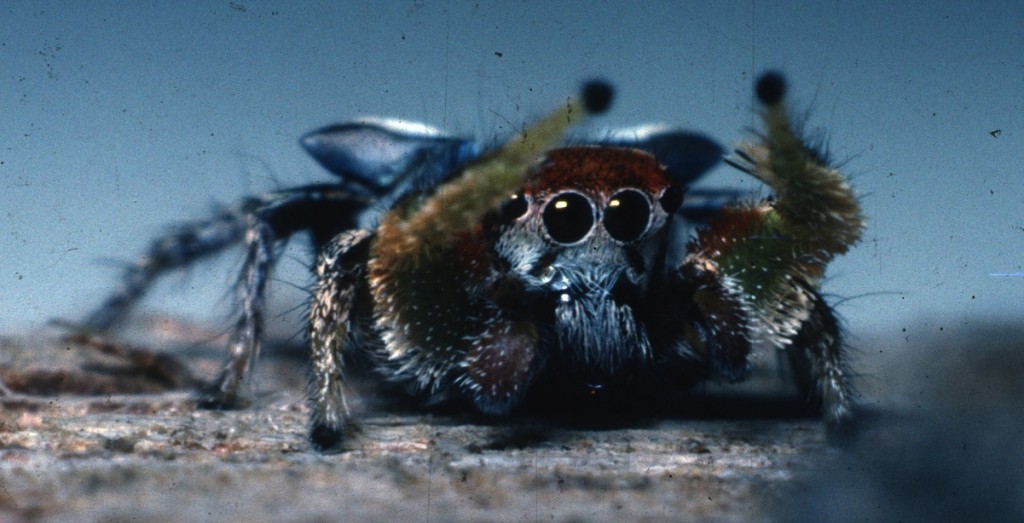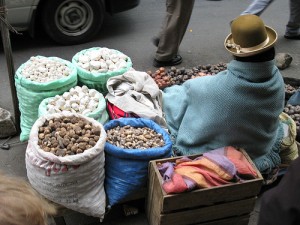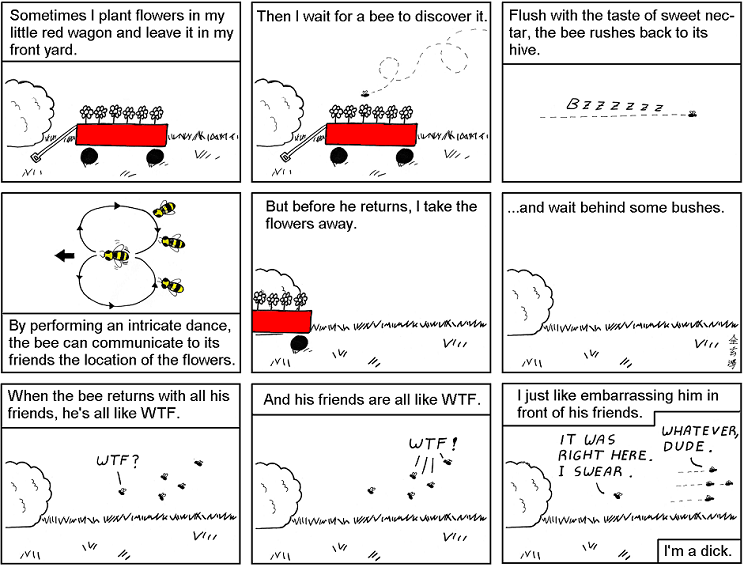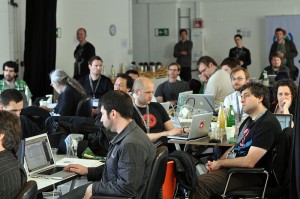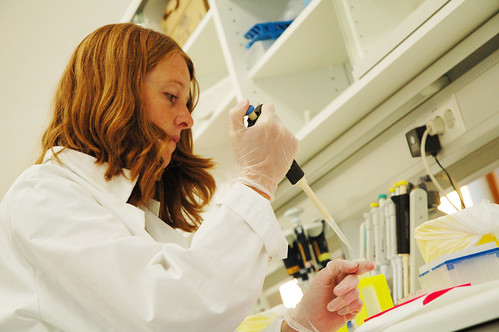I’ve been back for a week, now, from TEDGlobal: an ideas conference that is fast becoming my annual clarity retreat. Moved from its original host city of Oxford, the event was held in Edinburgh, Scotland and my arrival – to paraphrase John Denver – felt like coming home to a place I’d never been before.
Thinking to avoid drinking conference coffee, that foul internationally uniform brew, I picked up Starbucks on my way to the complex, only to find that TED had flown in elite baristas from around the world to make our coffees. It is just that ridiculous.
TED Talks online have become familiar household discussion items, but if you ever get the chance to go to in person, I highly recommend it, including the fast-proliferating TEDx events that are independently organized by local groups. Because the real value of these ideas festivals, which I happily see are becoming a form of tourism, is in the mixing of people who generate the ideas.
The magic doesn’t happen when Malcolm Gladwell gets up on stage and hypnotizes everyone with his speech rhythms, clothes hanging limply off his fragile frame. It doesn’t even happen when we learn that flying cars, just like the ones we were promised so long ago, are finally ready for market.

